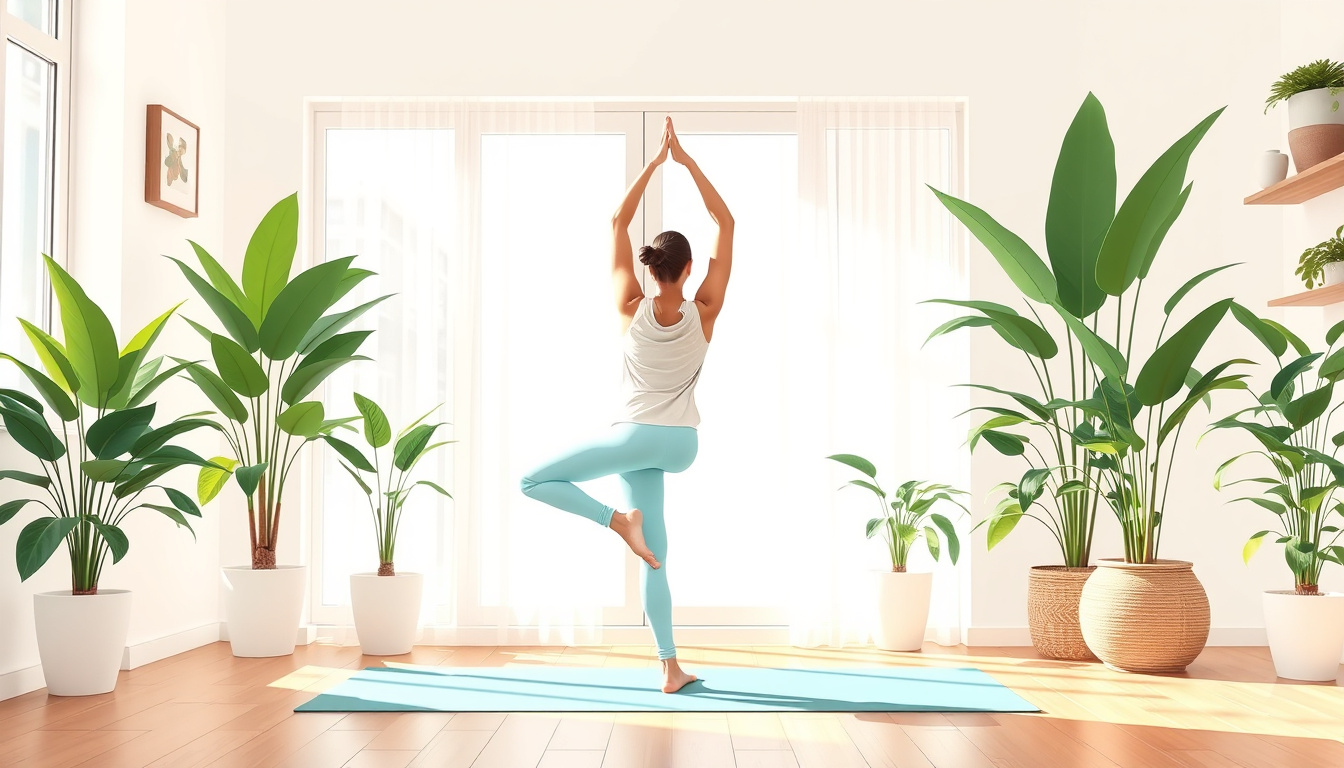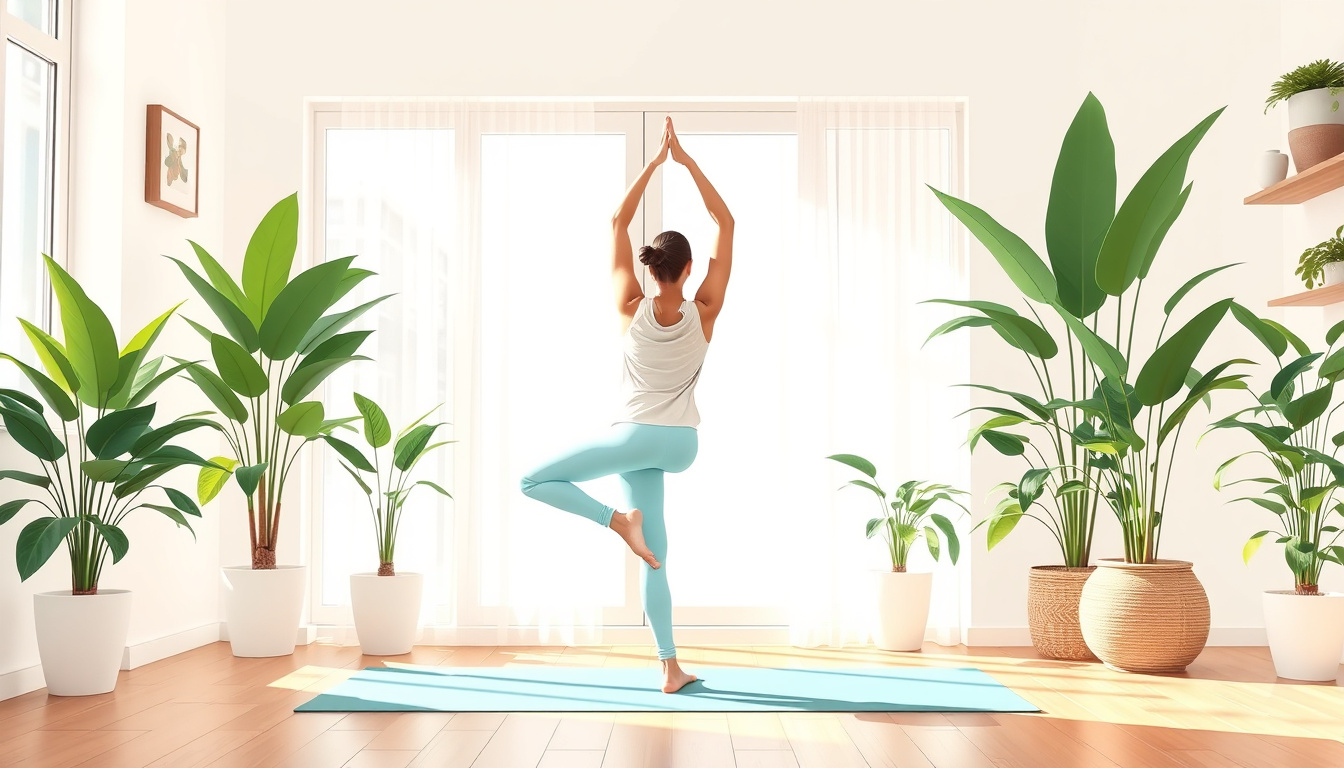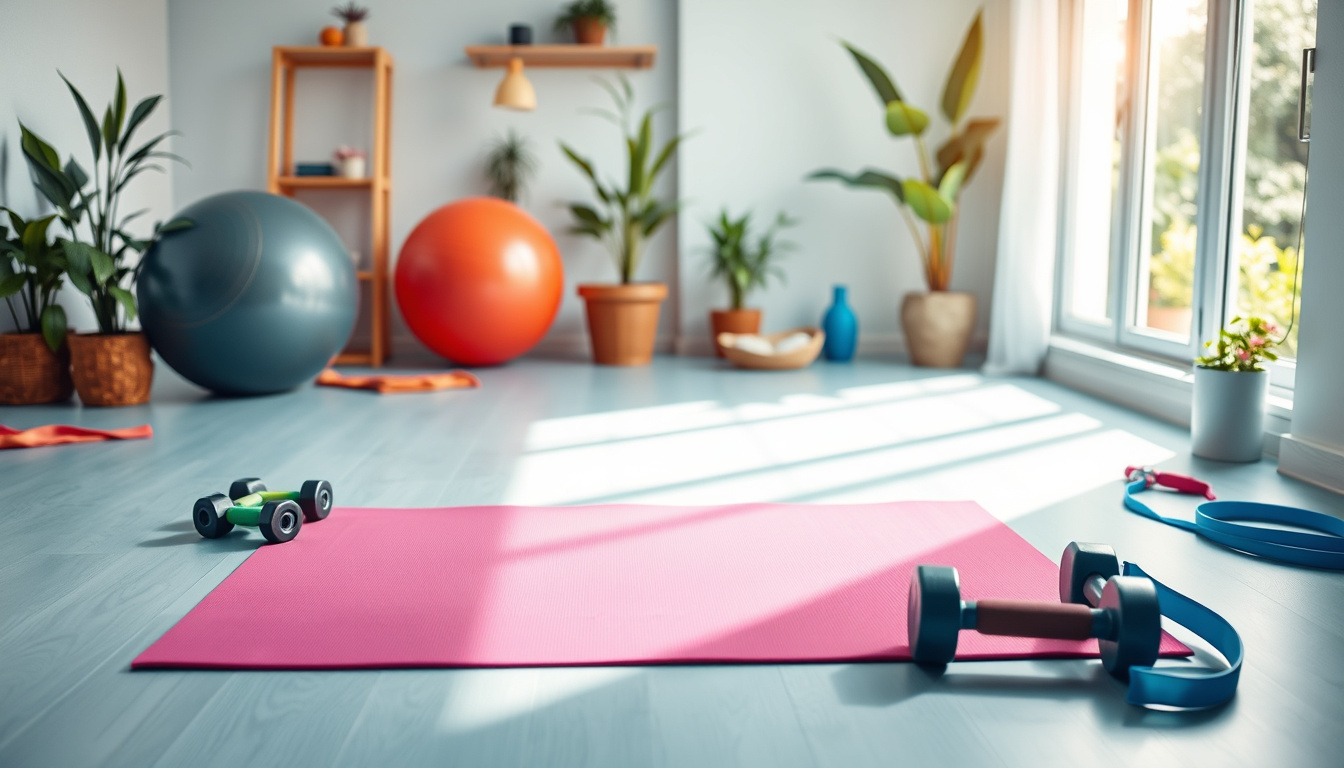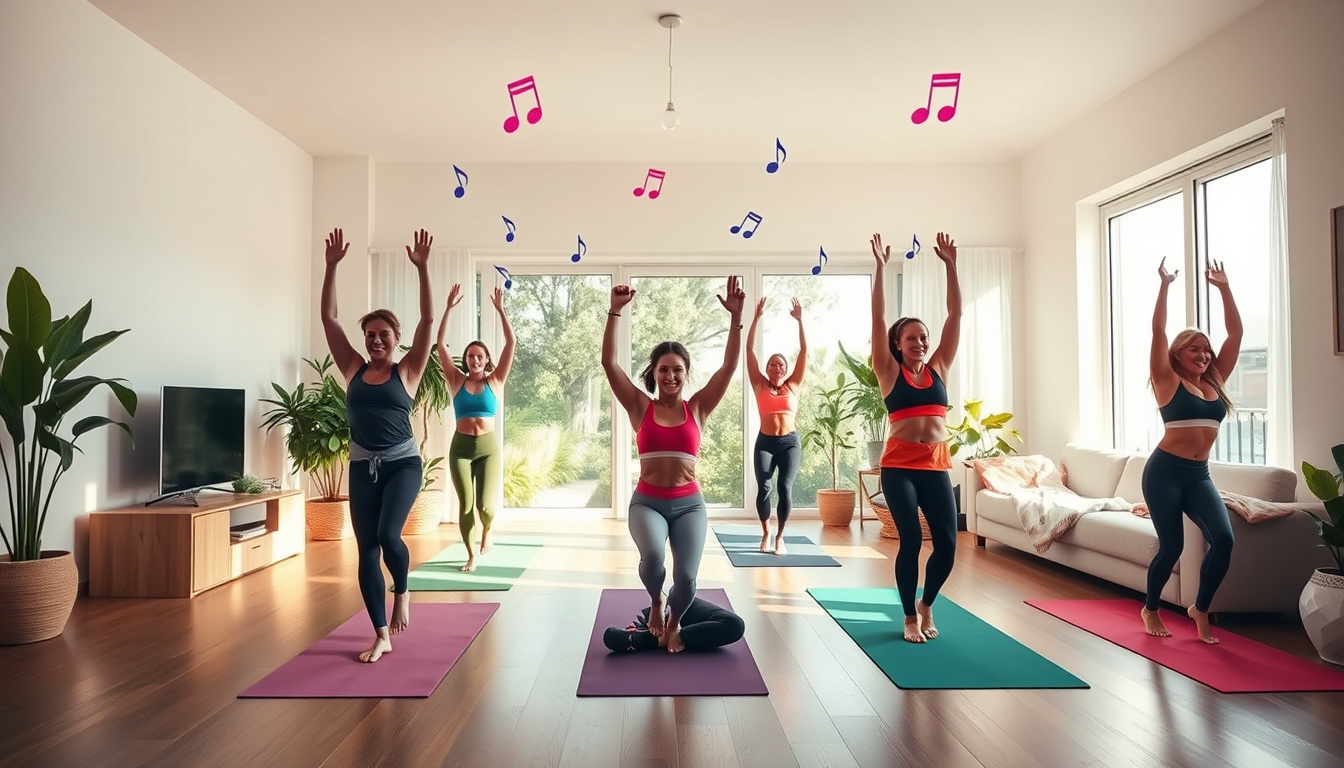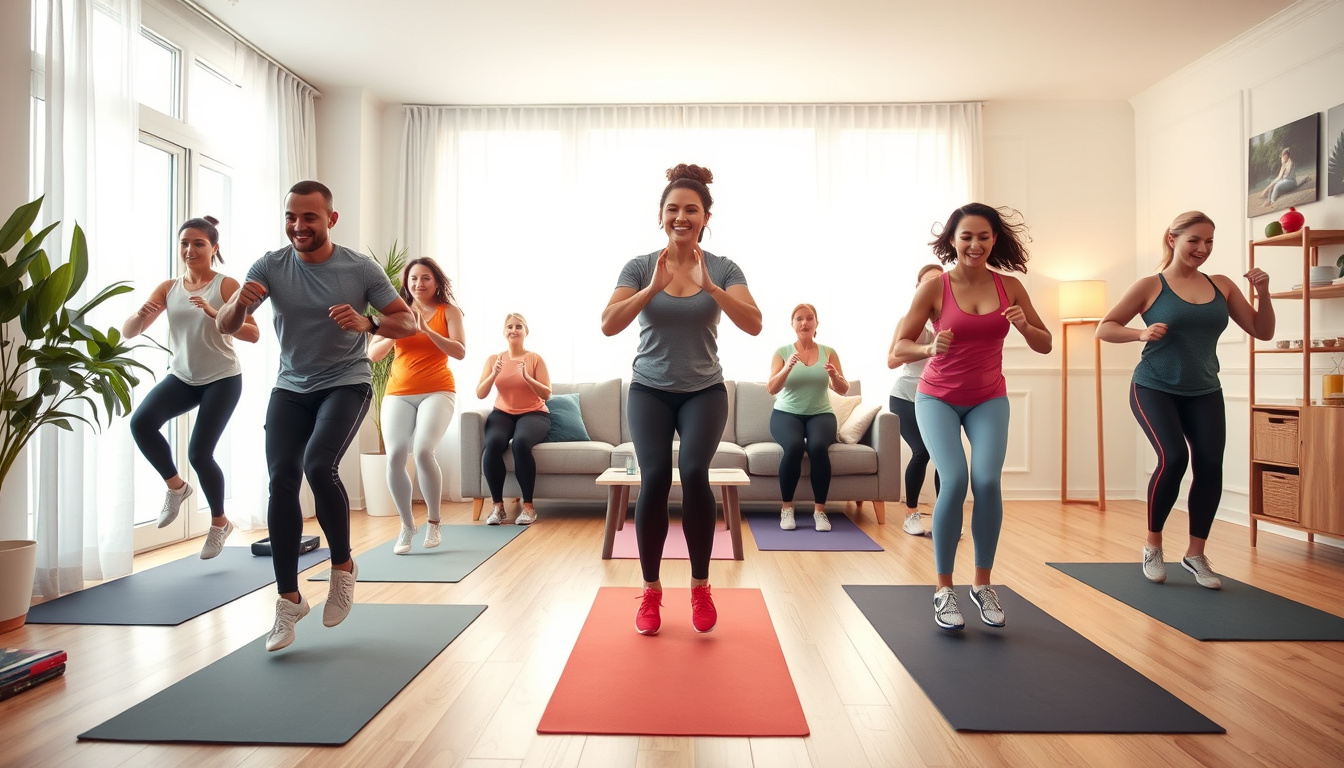In today’s fast-paced world, flexibility matters for both athletes and all who want complete well-being. Better flexibility aids movement, cuts injury risk, and may improve posture. You can work on it at home, without a gym or expert help. This article shows useful tips and techniques to stretch more at home so you can blend them with your daily life.
Understanding Flexibility
Before you start with special techniques, know what flexibility means. Flexibility is the ability of a muscle to stretch within a safe range. Your age, genes, and daily exercises all shape this skill. With steady work, you may build more flexibility at home.
1. Establish a Routine
Set up a regular routine as your base to work on flexibility at home. Try two or three sessions a week. Use 15 to 30 minutes at each session to stretch in a safe way. Keep at it and your body will grow ready for a larger range of motion.
2. Warm Up Properly
Begin every session by warming up your body. A warm body gets more blood in its muscles and cuts the risk of injury. Walk briskly, do jumping jacks, or ride a bike for 5 to 10 minutes. This step prepares your body for stretching.
3. Use Different Stretching Techniques
There are several ways to stretch at home. Try these techniques:
-
Static Stretching
Hold a stretch for about 15–30 seconds. A standing hamstring stretch works well for the back of your leg. -
Dynamic Stretching
Move in a controlled way that tests your range. Leg swings or arm circles work well. This type is good before a workout. -
Ballistic Stretching
Use light bouncing to push your limits. Only try this if you know your body well so you avoid harm. -
PNF Stretching
In PNF, you stretch a muscle and then tighten it for a short time. This method may seem complex but can improve flexibility fast.
4. Focus on Major Muscle Groups
Work on the main muscle areas for a full routine. Stretch your hamstrings, quadriceps, hips, and shoulders. You might try yoga poses like Downward Dog, Cat-Cow, and Warrior II. These moves stretch many muscles and can help calm your mind.
5. Use Props and Tools
Using bands, blocks, or straps can help as you stretch. These props let you hold stretches safely and may let you stretch for longer periods.
6. Stay Mindful and Breathe
Building flexibility joins both the body and mind. Stay aware as you stretch and focus on each move. Inhale deeply and let out your breath slowly. This way, your mind stays calm and your body loosens gently.
7. Listen to Your Body
Watch how your body reacts during each stretch. If you feel pain or strong discomfort, pull back a bit. Flexibility grows with time, so practice patiently and stay within safe limits.
Conclusion
Working on flexibility at home is a real goal that you can reach with steady practice and safe methods. Whether you train for sports or aim for overall well-being, these tips can guide you to build better flexibility. Start now, and see the change in your daily life.
